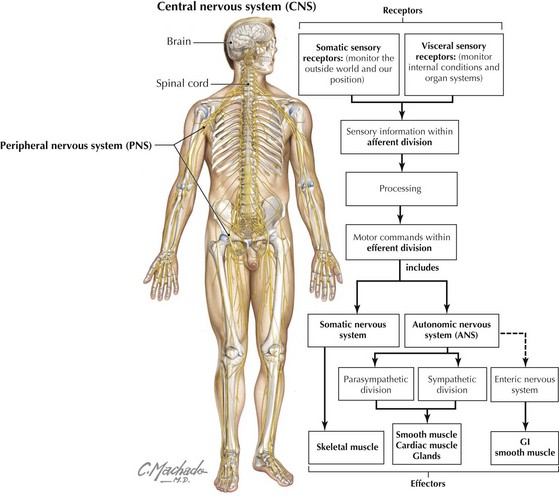Chapter 16 After completing this chapter, the student will be able to perform the following: 1 Describe pain in relationship to injury and rehabilitation.
Pain Management
![]()
Stay updated, free articles. Join our Telegram channel

Full access? Get Clinical Tree




